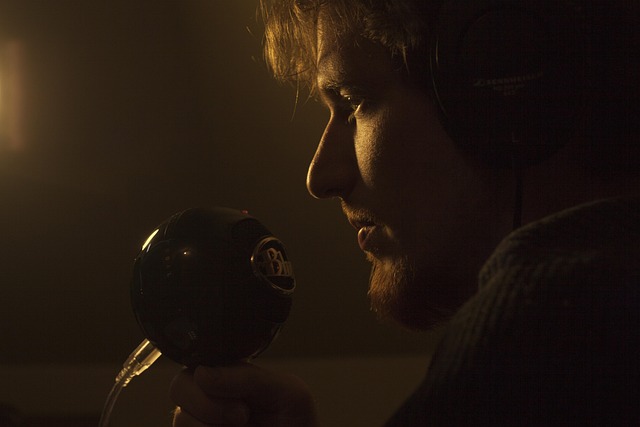If you’re an aspiring music producer, entering the world of audio recording can feel both exciting and overwhelming. The right recording environment can significantly impact your creativity and the quality of your music. Let’s explore how to create the perfect backdrop for your musical journey, including essential audio setups, as well as the audiovisual elements you might consider in your home cinema or dedicated cinema room.
First, let’s dive into audio recording. The heart of any music producer’s toolkit lies in a quality audio interface. This device converts your analog signals from instruments and microphones into digital audio that your computer can understand. Selecting an interface with the right connections for your gear—whether it be USB, Thunderbolt, or even FireWire—can streamline your workflow and ensure pristine sound quality.
Your microphone choices are equally crucial. For vocals, a condenser microphone typically captures the nuances of your voice with exceptional clarity. Dynamic microphones, on the other hand, are ideal for recording instruments with high sound pressure levels. As in any environment, placing your microphone correctly in your recording space can minimize unwanted background noise and maximize the acoustic characteristics of the sound you’re trying to capture.
Now that your audio setup is ready, let’s consider how you can incorporate video elements. If you’re planning to share your music creation process with others, having a video component can elevate your presence as a music producer. High-quality cameras and lighting equipment can help you capture rich visuals that add depth to your audio storytelling. Imagine recording live sessions or behind-the-scenes footage in a well-designed home cinema space, where both sound and sight align to create an immersive experience for your audience.
Speaking of a home cinema, envision crafting a dedicated cinema room that serves not only as a space for audio recording but also as a hub for experiencing your final products. Soundproofing your space can reduce external noise interference, which is crucial for both recording and playback. Acoustic panels can help in managing sound reflection, allowing you to hear your mixes accurately and make informed decisions while producing.
Don’t forget to invest in quality monitors as well. Studio monitors designed for accurate sound reproduction can bridge the gap between your raw recordings and polished tracks. They allow you to hear all the intricacies of your music so you can add or remove elements as needed during the production process.
Additionally, if your creative process involves collaborating with other artists, consider an adaptable space where both audio and video can coexist. A blend of recording and multimedia presentation tools can facilitate smoother collaborations and inspire unexpected creativity among musicians. Your home cinema can double as a meeting point, equipped with speakers that not only amplify sound but also serve to showcase videos and visuals that you wish to correspond with your music.
As a music producer, don’t underestimate the power of an organized setup. The way you layout your instruments, recording equipment, and technology can profoundly affect your workflow. Keep cables neatly arranged to avoid distractions, and create a comfortable environment to spark creativity. Whether you’re performing solo or engaging with other artists, having a well-thought-out space can make all the difference.
Finding the balance between audio and visual elements is key to enhancing your passion for producing music. By investing time and resources into creating a comprehensive setup that integrates audio, video, and an engaging home cinema experience, you’ll not only improve your recordings but also nurture your identity as a music producer.

